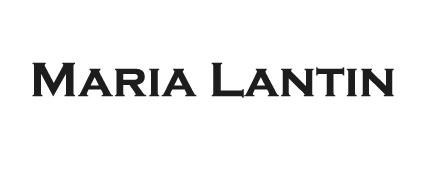A birthday message
Been around the sun 53 times! Is that an accomplishment? Yes absolutely. Accomplishment for my parents too, and testament to all the nurturing and caring that friends, community, and the earth have provided. If staying alive is the principal goal, I’m doing good so far. The basics are there. I am so grateful.
I’ve had a year. This time last year I was getting a biopsy for the possibility of endometrial cancer. It never occurred to me that it would be positive. Honestly. I barely contemplated that option. So when I got the call from the doctor, I had no mind rehearsals to fall back on. I went blank. Maybe I would have gone blank anyway. It’s possible. When reality suddenly shifts like that, it may be almost impossible not to blink in paralysed disbelief.
From there it was appointments, scans, blood tests, surgery, chemo, radiation. It was a big change. But it also had a quality of being completely ordinary, part of the human experience. I stayed curious throughout and there were interesting moments, lonely moments, despairing moments, delightful moments.
I’m enjoying being done with treatment. It’s a rebirth of sorts. And like any birth, it’s terrifyingly exhilarating. I am emerging from this intense period of my life with less fear and more love.
One of the first things I noticed about my rapidly changing mind after the diagnosis was that there were two voices that became louder. One was saying: “Well, we’ve had a good life, dying is ok.” And the other saying “NO NO NO NO NOOOOOOOOOOOOOOO!” These two voices had always been there, but now they were duking it out. What would you do to stay alive? Every treatment decision was a tussle between those two voices with a large supply of statistics mixed in.
For years I’ve pondered the will to live. Where does it come from? What makes life want to stay alive? In the end I came to the conclusion that though love is not the mechanism, it is definitely the manifestation of it in our bodies. We stay alive by going towards life-giving things, that’s love. And we are all of us hopelessly in love with the world. Those two voices are both lovers. One feels the sadness of impermanence, losing the things we love. One wants to drink in every possible moment of love that can be had. They are a good pair.
Right now, 3.5 months after the last treatment, I feel strange. Not in a bad way. Deconstructed in a way that I’m not sure I want to reconstruct or at least not as solidly.
And we’re in such a strange moment anyway, aren’t we? I think that might be a shared experience? Much stability lost, and a lack of shared vision at practically any scale. A legacy of decades of individualism. It’s weird to say this as an introvert but man I gotta join some groups! Or form one! Or both!
A couple weeks ago I finished reading Naomi Klein’s Doppelgänger (highly recommend). She urges imagination, to collectively come up with something different and then just go for it, adjusting as we go. As much as our doppelgänger wants to destroy, we can want to build. Creation will always have an edge over destruction. It’s the nature of life. But we do need to pick up the pace…lots of destruction happening. I read in one of the newsletters I follow that instead of “resilient” in the face of climate change we should use the word “courageous”. The thinking is that it changes it from a defensive stance to a creative one and might help us keep our eye on the ball. Not a bad idea.
Less fear more love – my wish is for more of that. And more strangeness, and more oddballs, and more laughter. A commitment to enacting some great personas. There are some ideas percolating and I’ll write about them soon. Meanwhile, I thank the oddballs in my life for all the sparkles. I love what we create together. Let’s team up more.
With love and oddball courage,
Maria
———-
From the last year, here are some books and concepts that made me go aah.
– Doppelgänger by Naomi Klein
– Moonbound by Robin Sloan
– Not Too Late – essays edited by Solnit, Young, and Lutunatabua
– Piranesi by Susanna Clarke
– Demon Copperhead by Barbara Kingsolver
– The First Rule of Mastery by Michael Gervais
– Tuesdays with Morrie
– Markov Blankets
– Any talk by Joscha Bach
– Many many articles and podcasts about AI and experiences with AI.
– The many conversations I had with the trees.
– The many hours I spent observing the ducks, crows, chickadees, wrens, sparrows, etc etc
– The generous sky
No doubt I’m forgetting a lot but it’s a good sampling. I feel well nourished and ready for whatever.
—
The photo is from early April, about two weeks after the last treatment. Taken by Steve McGinty.


